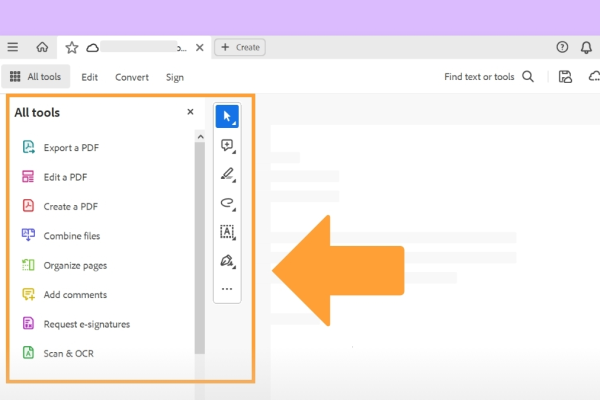In an era defined by technological advancements, the educational landscape has undergone a profound transformation with the rise of electronic books (e-books). The traditional paradigm of brick-and-mortar libraries filled with dog-eared pages is being reshaped by the digital reading revolution. According to a recent study by the Pew Research Center, the prevalence of e-book readership has surged, with 72% of Americans having read an e-book in the past year. As e-books become increasingly integrated into classrooms, this article delves into the compelling debate surrounding E-Books vs. Traditional Textbooks, exploring their impact on learning outcomes, accessibility, and the broader implications for education in the digital age.
- E-books and the Accessibility Revolution
The digital revolution in education has been marked by the widespread adoption of electronic books, which offer a range of benefits over traditional textbooks. One of the key advantages lies in accessibility. E-books transcend geographical boundaries and logistical constraints, enabling students to access their learning materials anytime, anywhere. This convenience is particularly noteworthy in higher education, where diverse student populations often juggle part-time jobs, internships, and family responsibilities alongside their studies.
Moreover, the integration of multimedia elements, such as interactive graphics and embedded videos, enhances the learning experience by catering to various learning styles. As students navigate through this dynamic landscape, platforms like this paper writing service provide essential homework help, making academic tasks more manageable amidst their digital learning journey.
- Learning Outcomes and Engagement
Critics of e-books often raise concerns about potential distractions posed by the very devices intended for learning. However, studies have shown that when employed effectively, digital texts can boost engagement and learning outcomes. Interactive features, such as hyperlinks to additional resources and real-time annotations, encourage active participation and deeper comprehension.
According to a survey by the EDUCAUSE Center for Analysis and Research, 67% of students reported that they were more engaged when reading digital materials that offered multimedia enhancements. Educators are increasingly exploring ways to harness technology to cultivate critical thinking and collaborative learning, capitalizing on the strengths of e-books in fostering an interactive educational environment.
- The Cost Factor and Environmental Impact
Another significant dimension in the e-book vs. traditional textbook debate revolves around costs and environmental considerations. Traditional textbooks are notorious for their hefty price tags, often burdening students with exorbitant expenses. In contrast, e-books, which can be acquired at a fraction of the cost or even accessed for free through open educational resources (OER), alleviate financial strains on learners.
Moreover, e-books contribute to environmental sustainability by reducing paper consumption, and minimizing the carbon footprint associated with the production and distribution of print materials. A study conducted by the Green Press Initiative estimated that producing one ton of paper generates approximately 2,278 pounds of carbon dioxide equivalent emissions. By embracing digital texts, educational institutions can take significant steps toward a more eco-friendly approach to learning materials.
- Navigating Challenges and Finding Balance
While e-books present numerous advantages, they are not without challenges. Concerns over digital eye strain, device dependency, and the potential for plagiarism through copy-paste functions remain pertinent. Additionally, not all students have equal access to technology, posing equity issues that educational institutions must address.
Finding a balance between e-books and traditional textbooks is essential to cater to diverse learning needs and preferences. Encouragingly, hybrid approaches that combine print and digital materials are emerging, allowing students to choose the format that best suits their learning style.
Conclusion
The digital reading revolution has irreversibly altered how we engage with educational content. E-books offer unparalleled accessibility, enhanced learning experiences, and environmental benefits. The debate between e-books and traditional textbooks continues to evolve, prompting educators, learners, and institutions to shape the future of education in the digital age – a future that harmoniously integrates the best of both worlds to foster enriched learning experiences for all.





